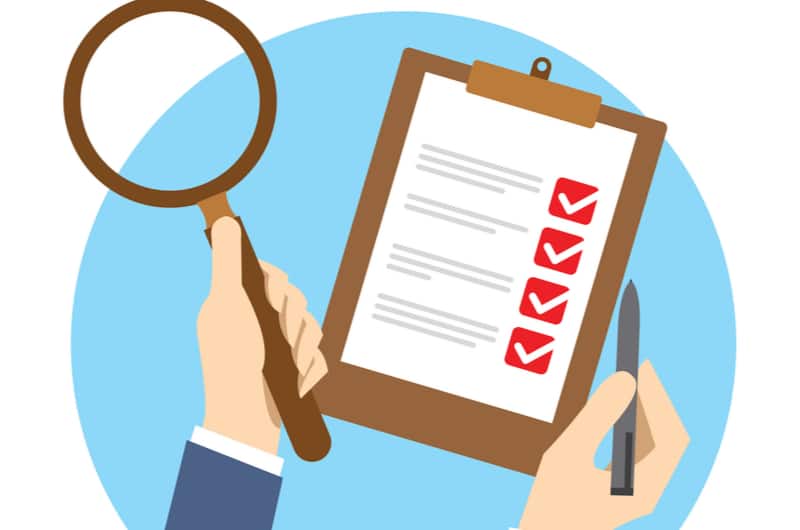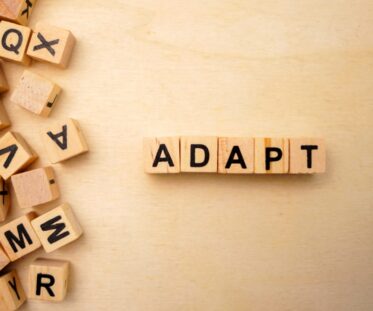
If we can take away anything from the past two and a half years of navigating uncertainty, it’s that communication is the key to success. This idea is especially true when it comes to preparing your members as we collectively explore and embrace the next generation of events and approaches to community connection.
Successful pre-event communication enhances the experience for your association’s entire ecosystem by driving engagement early in the event cycle while ensuring a seamless transition between expectations and reality. Many of this year’s events look a little different than those of 2019; onsite meetings are producing lower attendance rates, and hybrid deliveries continue to evolve every day. Knowing how to communicate effectively and transparently about the size, restrictions and features of your upcoming event sets both your association and attendees up for success heading into it.
Your community wants to know what to expect from your 2022 conference. The four pre-event communication tips listed below will empower you to better communicate with your audience in the lead-up to your event!

Start with research
Before you can even think about setting your attendee’s expectations heading into your upcoming event, you need to be aware of the parameters you’re working with.
If you’re planning an onsite meeting, ensure you understand the health and safety requirements of the venue so you can prepare your members accordingly beforehand. If you’re going hybrid, verify what levels of interactivity and synchronicity you’ll be able to facilitate between the onsite and digital experiences. If your association’s community is accustomed to major attendance levels and large-scale features at your events from 2019, but you’re anticipating a lower turnout this time around, it’s essential to be aware of this year’s unique value that will resonate with them most. Remember, audience insights are every event organizer’s best friend!
Pre-event preparation and research are critical steps in effective and proactive communication.

Less is not always more
Learn from what we’ve all experienced hosting digital, hybrid, and unconventional in-person events over the past two years. The more information you provide as to what’s to be expected at your next conference, the more confidence you instill in your audience regarding the value they’ll receive by attending. When your attendees feel certain about what they’ll experience at your meeting upfront, they’ll be far more willing to participate and invest in it. By keeping your attendees in the dark, you risk disengaging them from the event cycle due to their inability to anticipate their experience and outcome. Eventbrite said it best when they highlighted how “-silence is deafening and often the gap you leave by saying nothing will be filled by speculation, ridiculous rumors and attendee dissatisfaction.”

Communicate the value of your event
Regardless of the ways in which your event may have downsized since its 2019 edition, it’s important to remember that what makes a great, member-centric event is the value your attendees take away from it, not the scale of the venue or number of participants. Even though this year’s conference may not match those of pre-pandemic in scale, there’s no reason it can’t provide the same (if not more) tangible learning and growth opportunities for your participants.
Inform your community of your excitement for and commitment to providing an impactful experience, and focus your communication efforts on the professional value you have to offer them this year. If anything, your ability to understand and cater to the unique interests of your community has likely increased in the past two years due to everything we’ve collectively learned and evolved as an industry.

Set expectations from the get-go
Are you familiar with the idea that it’s always better to under-promise and over-deliver than it is to oversell and end up disappointing?
Well, we suggest adopting this mentality when it comes to setting expectations for your upcoming event for everyone involved, including attendees, staff, exhibitors and sponsors. Be transparent about what is to be expected and what promises you can and can’t make. Bizbash highlighted an approach to setting appropriate expectations that we love: focus on executing and communicating the features that are essential first and foremost before those that are simply “nice to have.” This way, you’ll gain a better idea of what’s actually feasible from your list of “nice to haves” as you progress through the event planning journey and can communicate each newly added feature to your community accordingly. Plus, you won’t end up accidentally making any promises you can’t keep along the way!
There you have it! Four pre-event communication tips to help guide your communication strategy and set your association and community up for maximum success long into the future.


